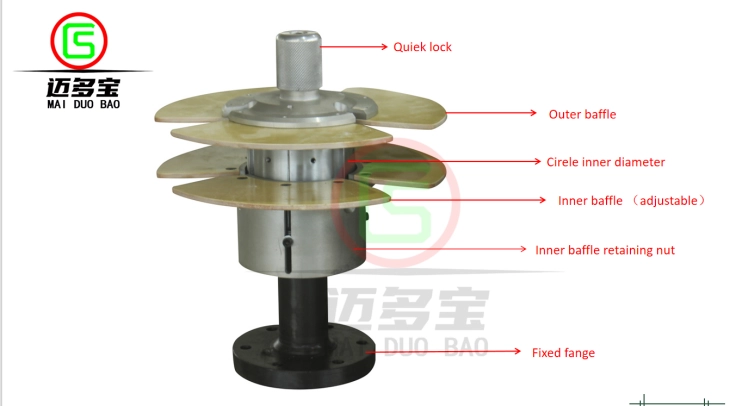In today's world, plastic food packaging has become a significant environmental concern due to its detrimental impact on ecosystems and human health. To address this issue, it is crucial to explore alternative options and adopt sustainable practices. This blog post aims to provide a comprehensive guide on how to avoid plastic food packaging while ensuring the content is of high quality, practical, and aligned with Google search engine algorithms.
- Understand the Environmental Impact of Plastic Food Packaging:
To make informed choices, it is essential to comprehend the environmental consequences of plastic food packaging. Discuss the harmful effects of plastic pollution on marine life, landfills, and greenhouse gas emissions. Highlight the urgency of finding sustainable alternatives. - Opt for Fresh and Local Produce:
Encourage readers to choose fresh and locally sourced food items whenever possible. Explain how this reduces the need for excessive packaging and transportation, thereby minimizing plastic waste. Emphasize the benefits of supporting local farmers and reducing carbon footprint. - Shop at Zero-Waste Stores:
Introduce the concept of zero-waste stores that promote package-free shopping. Discuss the growing popularity of these stores and provide tips on finding them in different regions. Highlight the advantages of bulk buying and using reusable containers. - Embrace Reusable Containers and Bags:
Educate readers about the importance of using reusable containers, such as glass jars, stainless steel boxes, and beeswax wraps. Explain how these alternatives not only reduce plastic waste but also keep food fresh and safe. Provide practical tips on incorporating reusable bags into daily routines. - Explore Composting and Food Preservation Techniques:
Discuss the benefits of composting food scraps and how it reduces the need for excessive packaging. Provide guidance on setting up a composting system at home or finding local composting facilities. Additionally, introduce various food preservation techniques, such as canning and freezing, to minimize food waste. - Support Companies with Sustainable Packaging Initiatives:
Highlight companies that prioritize sustainable packaging solutions. Discuss their efforts in using biodegradable materials, innovative designs, or alternative packaging options. Encourage readers to support such companies and spread awareness about their initiatives. - Advocate for Policy Changes:
Empower readers to take action by advocating for policy changes regarding plastic food packaging. Provide information on relevant organizations, petitions, or campaigns working towards sustainable packaging regulations. Encourage readers to voice their concerns to local representatives and participate in community initiatives.
Conclusion:
In conclusion, reducing plastic food packaging is a collective responsibility that requires individual actions and systemic changes. By understanding the environmental impact, embracing sustainable alternatives, and advocating for policy changes, we can contribute to a healthier planet. Let us strive towards a future where plastic food packaging becomes a thing of the past, and sustainable solutions prevail.





